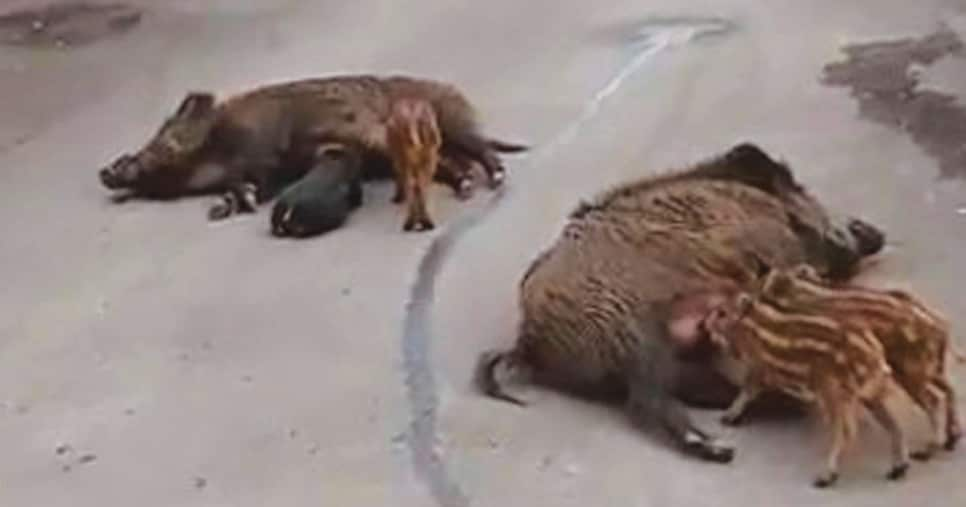Listen to the audio version of the article
In the end, swine fever really arrived in the heart of the Food Valley, and together with the disease came the first export stops of one of the most important Made in Italy PDOs, Parma Ham. Last week the carcass of an infected wild boar was found in Varano de’ Melegari, in the Parma hills, very close to Fornovo. As required by European regulations, the discovery led to the immediate expansion of the restricted areas. The result is that the new borders, published on Wednesday in the EU Official Journal, include for the first time some key production areas of Parma ham: Langhirano, Lesignano and Traversetolo have been placed in Zone 1, which provides exclusively for enhanced surveillance measures, while Collecchio, Sala Baganza and Felino ended up under Restriction Zone 2, which involves the blocking of exports to countries such as Canada, Japan, and for less seasoned products also to the United States.
For the Italian cured meats industry, this is a bitter pill to swallow, after for more than two years (the first case of swine fever in Italy dates back to 7 January 2022) entrepreneurs have been asking the institutions for decisive intervention to safeguard a supply chain which is worth ten billion euros at a national level. «The disease has arrived in the heart of the Food Valley – said Davide Calderone, general director of Assica yesterday – we still have time, but now we need a decisive change of pace. In particular, it is necessary to commit ourselves to the fences: swine fever has stopped beyond the Cisa, but it is truly the last call.”
The consortium for the protection of Parma Ham yesterday was quick to point out that «the high health guarantees provided by the long maturation of our product allow us to keep important outlets open for our exports such as the United States and Australia». For Canada however, although there are ongoing negotiations with the government authorities, at the moment there is nothing that can be done: the manufacturing companies that are gradually placed in restriction zone 2 will no longer be able to ship their product. «The disaster has served – writes Elio Martinelli, president of Assosuini – and we will not stand by and watch, but we will move decisively, even through legal action if necessary, to protect the food supply chain».
Even the breeders’ associations join in the alarm: “We need a change of pace on the management of wildlife, it is not acceptable to damage companies by culling healthy animals because there are sick wild boars kilometers away” writes Coldiretti in a note, which calculates the potential damage to our exports at 2.32 billion euros. «After a possible block on exports by a third country – recalls the national zootechnics manager of the CIA, Angela Garofalo – it takes two years from the discovery of the last positive carcass to complete the requalification process. This is why there is great concern about possible further blockades from non-EU countries.”
